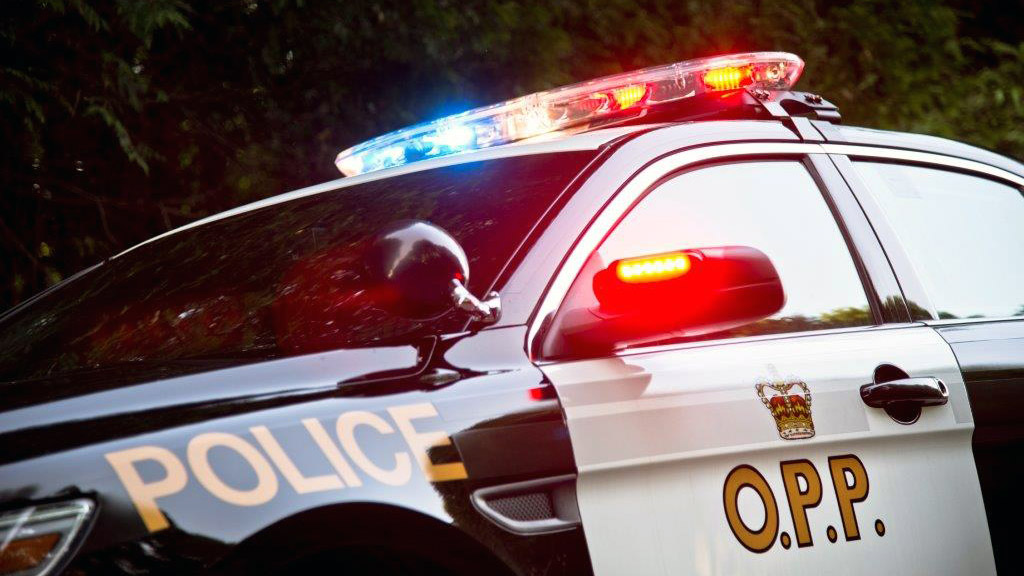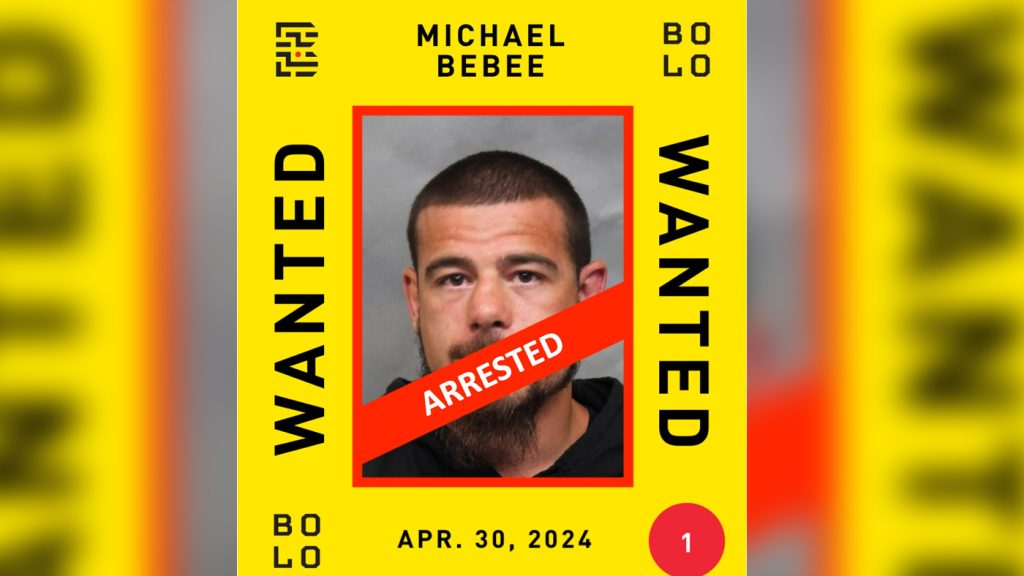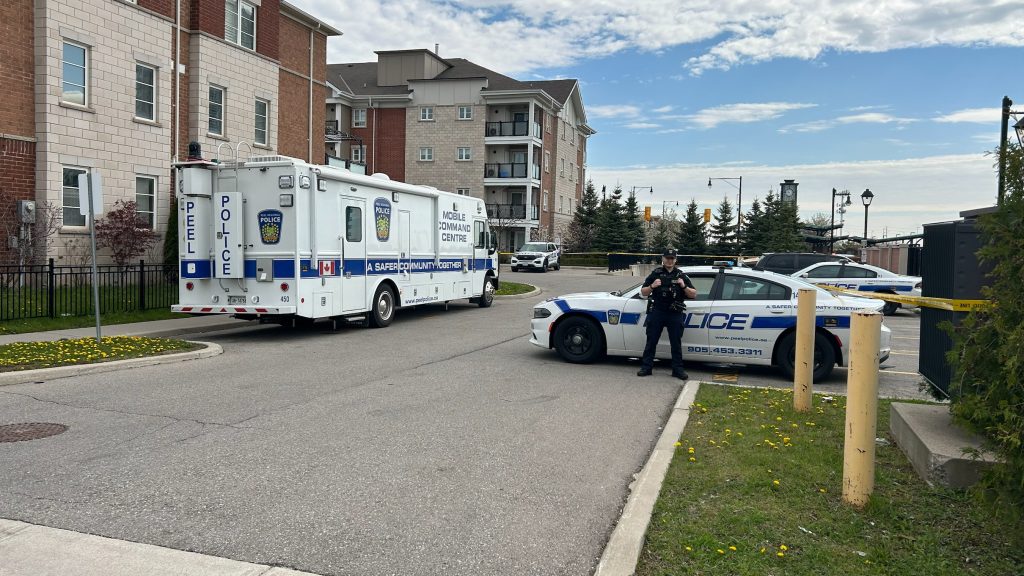Columbia history museum unveils historic photo collection
Posted April 26, 2019 1:06 am.
This article is more than 5 years old.
COLUMBIA, Mo. — In one photo an elderly immigrant in a neat but well-worn suit looks to an unseen horizon through tired eyes. In another, a Reconstruction-period soldier stands proud in Union blues.
Moving through the collection of historic photographs, a young African-American girl poses in a turn-of-the-century dress; a young flapper woman appears in fashion of the Jazz Age; and a businessman strikes a portrait in the days leading up to the Second World War.
Their photographs are just a few that make up “Faces Found: Boone County Portraits 1886-1940,” a unique exhibit currently on display through November at the Boone County History and Culture Center. The display represents the work of four photographers who operated out of the same Columbia studio throughout the period and represents the culmination of years of work on the part of community members and volunteers, the Columbia Daily Tribune reported.
Centre director Chris Campbell said despite time gaps between modern day viewers and those seen in the artfully enlarged black-and-white portraits, a person can walk away feeling a connection with the people who lived and worked in Boone County a century ago or more.
“When you enlarge photographs and look at the artistry the photographer is attempting, you can see yourself in the faces of these people,” Campbell said. “You can see whimsy, you can see grief, you can see solitude, to someone who is doing their best to take a professional headshot. You can see people who drive in from the country and in their faces you can see they are an immigrant family.”
Photographers Joseph L. Douglass, Henry Holborn, Wesley Blackmore and John Francis Westhoff each operated the studio at 910 1/2 East Broadway throughout the late 19th century and first half of the 20th. Each passed the studio on to the next when they died or moved on. Over the years, the photographers accumulated hundreds of thousands of glass-plate negatives to form what may be the largest collection of its type in the U.S.
“Columbia is incredibly fortunate and unique in that this has been told to us by the Smithsonian, that this might be the largest cumulative-aggregate of any community photographic history in the nation,” Campbell said.
Campbell said that while the photos are from a studio based in Columbia, they represent residents from a wide-array of communities around Boone County, as more than a century ago photographers were somewhat rare in rural communities.
“Most of these small towns still exist today, now and even more so 100 years ago they didn’t have a studio photographer on their main street,” Campbell said. “They would drive into Columbia to get the fancy photograph. So these are more than Columbians, they are from all over the county.”
Sabra Tull Meyer, whose family has a long history in Boone County, recently discovered one of the photos was of her great-great-grandmother Sabra Paxton Harris and Harris’ grandson Fredrick Willian Niedermeyer. Meyer said she also has the photo at home and noticed the same on the wall in the exhibit and was able to identify it for historians.
“The clothing, everything about the exhibit, I found really interesting,” Meyer said. “To see how people dressed and to see the variety of photographs — young, old, different races — I just thought it was wonderful. And the story behind those photographs, it’s a wonder they weren’t lost forever.”
The last of the four photographers to operate the studio, Westhoff, moved in the 1950s from the East Broadway studio into a new studio in the familiar Central Dairy building. When he sold the studio upon his retirement in 1970, the new buyer obtained the contents as well, including more than 500,000 negatives.
The new owners, the Eugene Benedict family, contacted the Boone County Historical Society to donate the collection. However, with no place to store the trove of negatives, the society was unable to acquire it. Mac McCown, who had recently opened The Chroma Studio on Broadway, agreed to hold it until the society could someday take ownership.
McCown had to let the collection go in 1970 and transferred it to James and Frances Stone in Moberly, who owned the Randolph County Abstract Company. The Stones held the collection for about 20 years until transferring it to Kim Schafermeyer, a photo chemist living in Columbia. The collection was stored at the Columbia Daily Tribune for a time, then transferred to the society following a facility expansion in 1993. That’s when work on the collection began.
Work continues on the project and volunteers in the Hank Waters III Digital Photo Lab aim to someday digitize the hundreds of thousands of negatives so that they will be preserved forever. Karen Miller is a lab volunteer who helped trace the backstory of the collection through conversations with past owners and says the collection appeals to a number of people for different reasons.
“If you had a family that grew up here or whose grandparents lived here, more than likely you are going to have a family member’s picture in those glass-plate negatives somewhere,” Miller said. “So you should see what we are doing so they are protected now through eternity. If you have an interest in history, if you have an interest in art, these old photographs are so cool.
“If you are interested in genealogy, I believe nothing would excite me more than when these plates go online and people are able to find their great-grandmother or something to add to their genealogy.”
___
Information from: Columbia Daily Tribune, http://www.columbiatribune.com
An AP Member Exchange shared by the Columbia Daily Tribune.
Pat Pratt, The Associated Press










